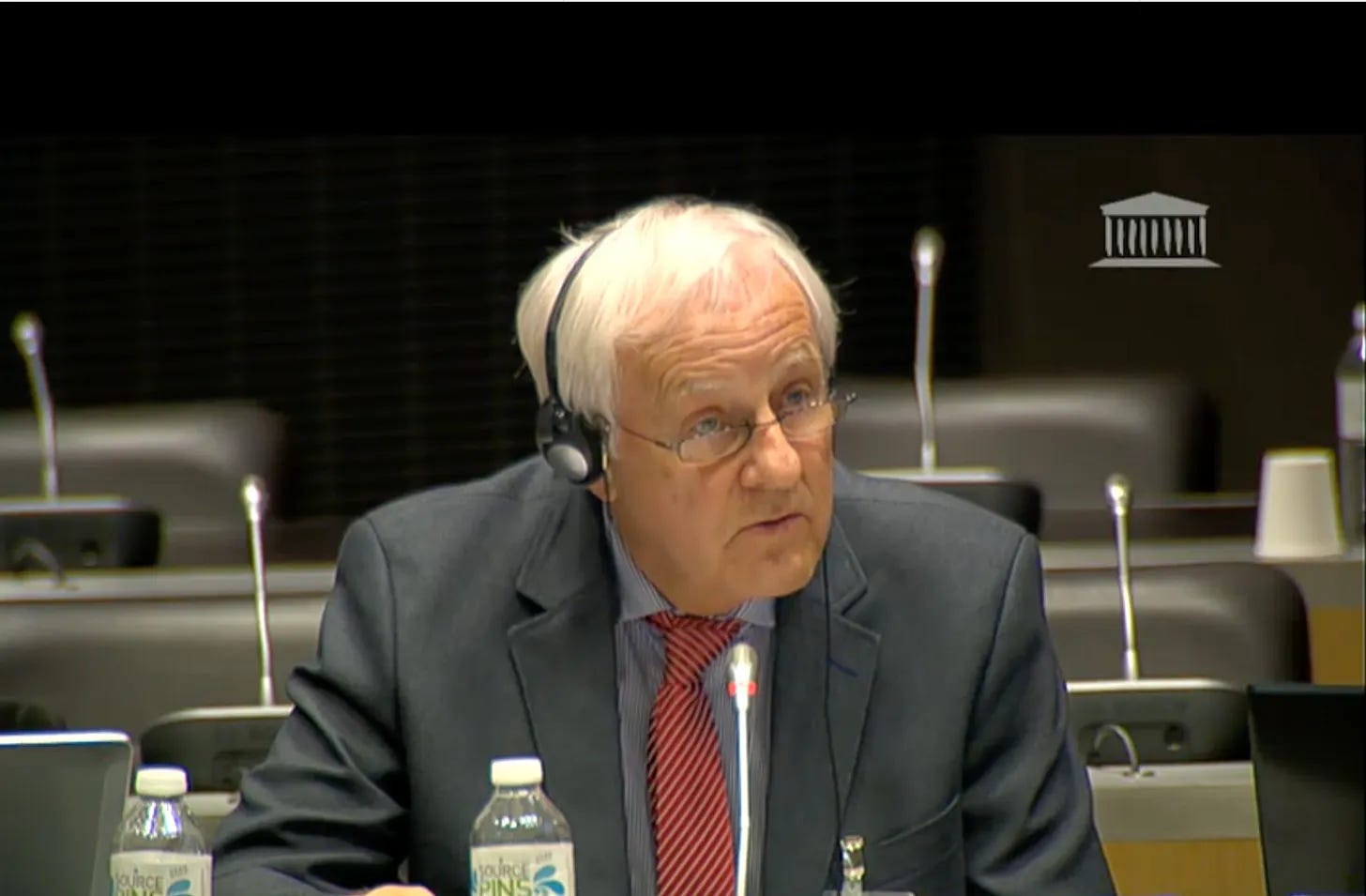[ Energy Cris] Prof. Friedrich Wagner : "Germany is not able to reduce its CO2 emission"
One of the world's foremost experts in plasma physics dives deep into flawed and unsound energy policies. Renewables are not the path forward.
Here are Prof. Friedrich Wagner’s original replies in writing and in English. This interview of the Max Planck institute’s authoritative physicist was previously published in French.




